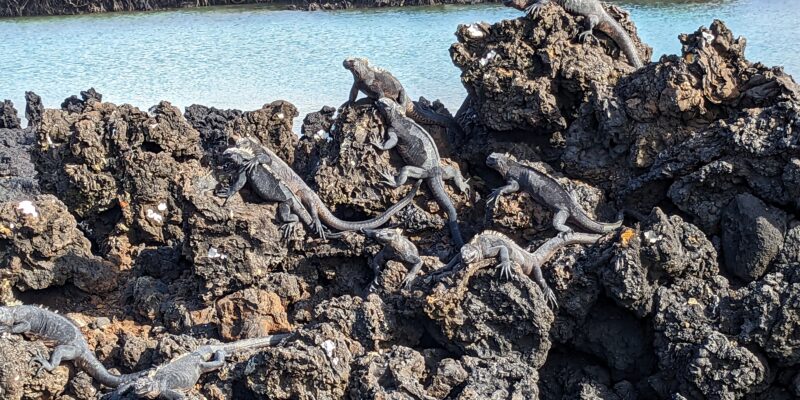
In my old life, I always dreaded Mondays. As a business owner for most of my career, I often left folders on my desk for tasks I needed to accomplish but couldn’t resolve by Friday late afternoon. Remember that feeling? Thus, when Monday morning rolled around, I faced that pile of folders to tackle them one-by-one before continuing with the rest of the week.
Some required lengthy phone conversations, and others required lots of paperwork, which I always dreaded. I was efficient and meticulous in my work, but these situations were unavoidable. Plus, it was nice to have some time off on a weekend. I only worked when clients couldn’t work with me during the weekday hours.
On the other hand, Tom, working on the railroad for 42½ years, always had an erratic schedule, subject to a pager going off requiring him to head to work imminently. As the US Thanksgiving approaches this year, on Thursday, we both recalled the year he had to leave the dining room table after I had just placed all the dishes to be served on the table.

Tom’s kids, Tammy and TJ, were at the table, along with my son Greg. My son Richard had already moved to Nevada at this point and wasn’t in attendance.
There was no time for even a “doggie bag.” Off he went with his little brown bag of lunch that I had prepared earlier in the day with a sandwich and a few snacks. At least the next day, I could pack leftovers for him, including pumpkin pie, in that little brown bag. He loves pumpkin pie.
This occurred early in our relationship, maybe in 1991 or 1992, but that wasn’t the first time he wasn’t there. Over the years, I got used to it and accepted the reality of being married to a railroad guy. He was worth it. I didn’t complain.
With our nomadic lifestyle, we don’t celebrate Thanksgiving anymore, although I’d be willing to make the many delicious dishes and pumpkin pies. The problem is that turkey, the ingredients for pumpkin pies, and the various side dishes are not readily available in most other countries. Years ago, we decided the effort wasn’t worth it.

But, on a few occasions, our dear friends Kathy and Don had Thanksgiving dinner in the bush in Marloth Park. Kathy had packed many ingredients in her luggage and arranged for turkeys in Johannesburg, a five-hour drive from the park. It was fantastic, although the four of us were the only Americans at the table of 12 or 14.
On another occasion, I made Thanksgiving in the bush for 12 guests, buying and roasting a stuffed chicken for each couple at the table and baking eight pumpkin pies in 42C, 104F weather. I called the pie-baking “Yesterday’s pumpkin pie hell” when it was nearly impossible to roll the dough for the pies in the heat and humidity. I’ll never forget that day. The pies tasted good, but the crusts were not a pretty sight.
This year, nada…none…no Thanksgiving dinner when none of the ingredients would be available here, either. As I work diligently to feel better, even if I could find the ingredients, I can’t imagine standing in the kitchen all day. Are those days over for me? I don’t know right now.
That’s it for today, dear readers. Again, thanks for all the well wishes. On Wednesday, we’ll head back to Manta to see the cardiologist, find out if he thinks I need heart surgery, and later shop at a bigger market we heard about, MegaMaxi.
Be well.
Photo from ten years ago today, November 20, 2013:





















































